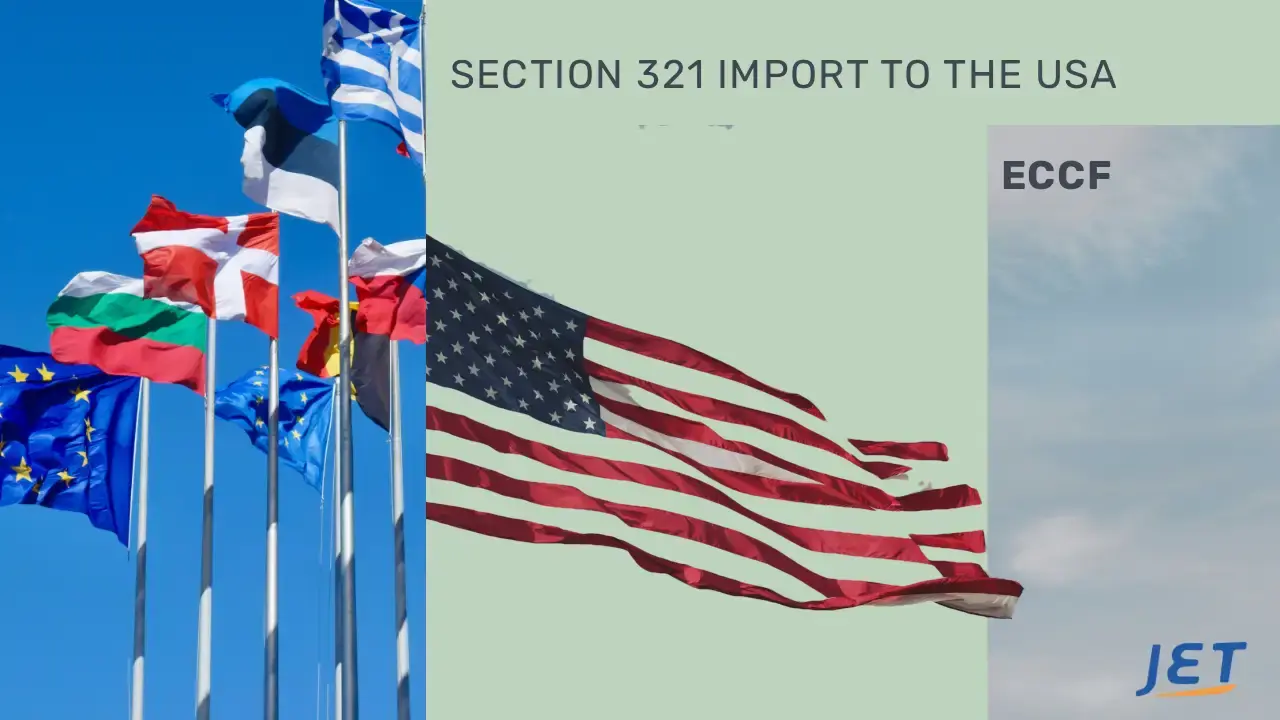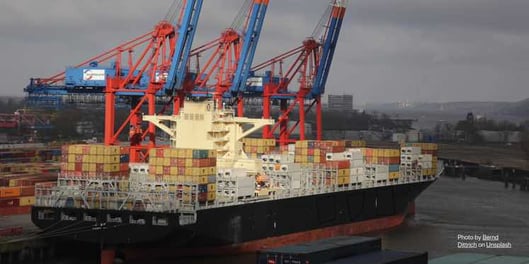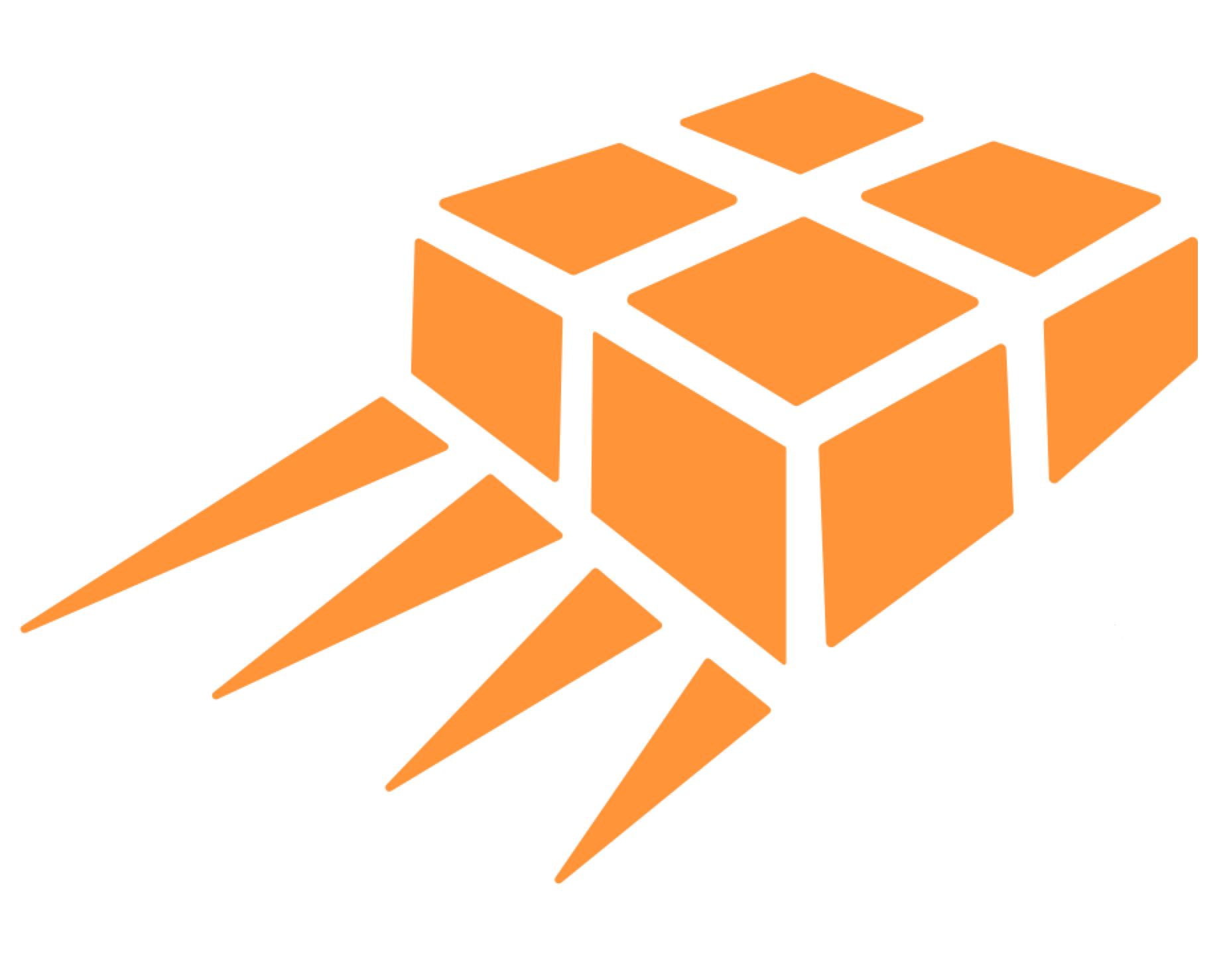
ECCF Type 11 for Section 321
Express (ECCF) versus Cargo (CFS) Clearance for e-commerce parcel USA Import
Despite all the headlines regarding tariffs and barriers, the USA remains the world's most open market when it comes to individual order/ cross border e-commerce. Jet Worldwide works with e-tetailers and retailers who "sell here but source from there." Cross border clearance processes for individual orders fall under a special provision of customs regulations (CFR Part 128). Express Consignment processes for e-commerce parcels are not readily known to most traditional customs brokers.
Develop parcel processes to and from the US and Canada with Jet Worldwide.
With the elimination of Section 321 de minimis processes, companies should consider setting up express consignment processes.
IMPORTANT: Type 11 Entry Replacement for Section 321Disclaimer: The information in Jet Worldwide online content, including this post, is for general information only.
See link to US Customs report on de minimis shipment importsSection 321 Type 86 Eliminated
Section 321 de minimis entry process using the ACE Entry Type 86 dominated high volume e-commerce imports. US Congress passed legislation to phase out this entry type. An executive order eliminates the entry type at the end of August 2025.

VERIFY UPDATED TARIFFS TO THE USA
Shipping low value creams, cosmetics and food to USA
All FDA-regulated products must be submitted to the FDA for review. Low-value FDA-regulated products are not exempted. Critical update regarding the import of FDA packages.
Contact our team to build a durable solution to the USA.
What is Express Consignment clearance?
Express consignment is a special process defined by 19CFR Part 128. An ECCF is essentially a bonded warehouse with access to express clearance teams. The advantage is faster clearance and the ability to manage high volume imports via a consolidated informal entry. Read more about express consignment facilities.
Parcel Clearance Processes to the USA for FedEx and UPS
FedEx, UPS and DHL all take advantage of Express Consignment Clearance processes under Part 128 of the Express Consignment regulations. This allows them to efficiently clear millions of parcels per day to the USA duty free.
READ MORE: IMPORT DUTY AND HOW IT IS CALCULATED
Parcel Clearance Processes for everyone else - via USPS
Most retailers we speak to are searching for ways to import high parcel volumes direct from their suppliers and overseas warehouses to the USA to take advantage of USPS last mile delivery (usually via USPS Global Direct Entry) delivery. Traditional retailers are still beholden to ocean/ truck/ warehouse/ pick-pack/ final mile processes but, as are seeing new "direct order/ cross border" possibilities.

Direct Global entry via USPS via Ocean and Section 321:
Cross border e-commerce shipments are increasingly transitioning to ocean shipments. Using Section 321 type 86 entries, e-commerce merchants can clear e-commerce orders shipped via individual parcels shipped via ocean freight.
No duty but per HAWB fee?
To take advantage of Express Consignment Clearance processes, approved facilities must reimburse customs for the cost of express handling (priority clearance and processing) handling. This cost is at least partially offset by a duty free status which for clothing and footwear can be as high as 20%. Keep in mind the + $1.31 fee (Nov 2025 / adjusted annually) is only for customs and the facilities naturally charge for their handling fees.
At major ports of entry, customs allow high volume parcel clearance processes via Container Freight Stations (CFS). The processes for CFS (Cargo) are virtually identical to the ECCF (Express) but with uncertain clearance times - especially around the critical peak holiday season.
Develop your own direct shipping to the USA via Section 321
International sellers and online merchants need to develop best in class shipping solutions to the USA. This simply involves air freight to major ports of entry, section 321 duty free clearance and strategic injection points to the USPS.
There are for basic types of Section 321 entries:
- Express consignment (ECCF)
- Cargo consignment (CFS)
- via Canada cross border

Jet assists retailers and online merchants can gain control. lower costs and improve delivery times by taking their parcel logistics processes in house. Jet provides transparency, industry insights and decades of experience to your logistics team.
Section 321 and other Partner Government Agencies
Certain categories of goods require approval from other Government agencies. This can complicate section 321 entries.
PDF presentation of Partner Government Agencies

Low cost clearance using standard cargo clearance through a CFS
The cost advantage of clearance of high volume flows through Container Freight Stations is simply not having to pay a per shipment fee for clearance.
- Parcels cleared via Container Freight Stations or CFS are not charged an express "reimbursement" fee of $1.07
- The key disadvantage to using CFS facilities is essentially speed of clearance - which can take 3-4 days as a result of processes that are not fully automated.
- Delayed delivery in a CFS can result in storage fee that mitigates the savings.
Jet provides consultant advice on shipping high volume parcel volumes to the USA direct or cross border via Canada.
Disadvantage of using a CFS:
- Slow uncertain clearance
- No weekend clearance
- Inability to manage parcels valued over $800
Express clearance via Express Consignment Carrier Facility/ ECCF
E-commerce parcels sent through ECCF’sare most often cleared prior to arrival and available for injection into domestic delivery streams the same day as arrival.ECCF's are subject to express regulations (Part 128 of the Code of Federal Regulations).
ECCF's benefit from express clearance processes by US Customs and Border Protection. However, this benefit comes at cost: US Customs charges $1.31 per parcel for express consignment clearance.

Note: The official term for an ECCF is Express consignment carrier facility but often the terms "Express Consignment Clearance Facility" and "Express Consignment Courier Facility" are used interchangeably when referring to an ECCF. Express consignment regulations are defined in Part 128 of the CFR.
Hybrid Clearance Solutions For High Volume Parcel Flows to the USA
Cargo and Express USA parcel clearance both serve valuable roles in the developing high volume parcel flows to the USA. Large e-commerce parcel shippers to the USA developing processes that take advantage of the lower cost CFS AND more time definite ECCF clearance.
Jet helps companies understand the processes, setup technical integration, and arrange for injection into domestic networks.Air, ocean, ECCF, CFS, Section 321.
Express Consignment processes requires companies who are proficient in Part 128 of the Code of Federal Regulations. Jet Worldwide helps companies navigate the processes to ensure duty free clearance, regulatory compliance and e-commerce direct order access to the American market.






